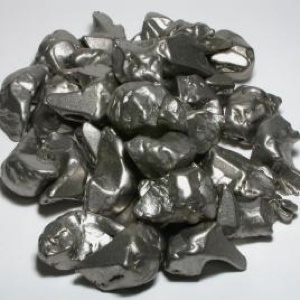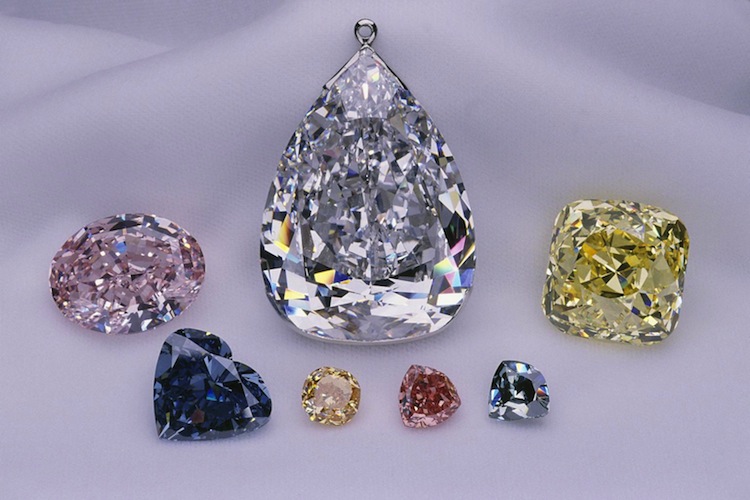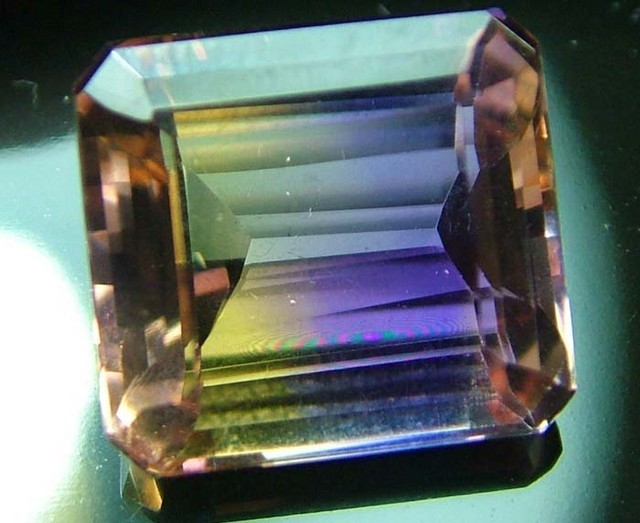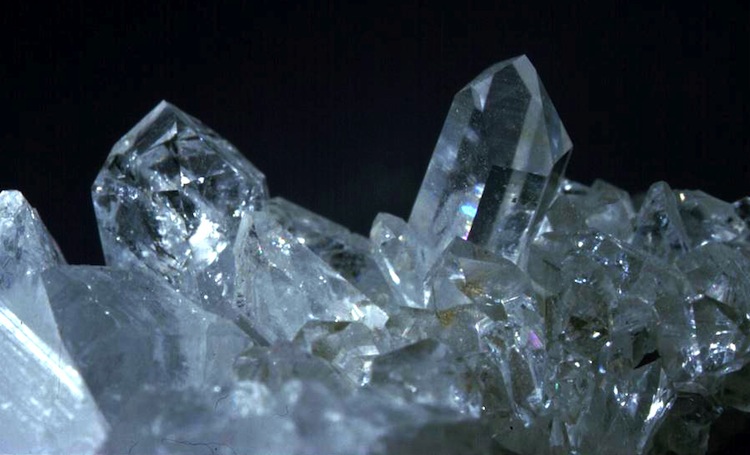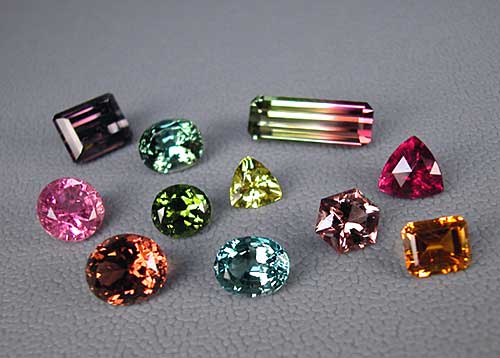Reactor-grade zirconium is essentially free of hafnium. Zircaloy is an important alloy developed specifically for nuclear applications. Zirconium is exceptionally resistant to corrosion by many common acids and alkalis, by sea water, and by other agents. Alloyed with zinc, zirconium becomes magnetic at temperatures below 350K.
It is used extensively by the chemical industry where corrosive agents are employed. Zirconium is used in vacuum tubes, as an alloying agent in steel, in surgical appliances, photoflash bulbs, explosive primers, rayon spinnerets, lamp filaments, etc. With niobium, zirconium is superconductive at low temperatures and is used to make superconductive magnets, which offer hope of direct large-scale generation of electric power.
Zirconium oxide (zircon) has a high index of refraction and is used as a gem material very like diamonds.
The impure oxide, zirconia, is used for laboratory crucibles that will withstand heat shock, for linings of metallurgical furnaces, and by the glass and ceramic industries as a refractory material. Its use as a refractory material accounts for a large share of all zirconium consumed.
Zirconium is the earth´s twentieth most abundant element. It´s sheer versatility – together with a low relative toxicity and a tolerance to high temperatures has meant that the uses of zirconium have grown rapidly since the 1940s.

